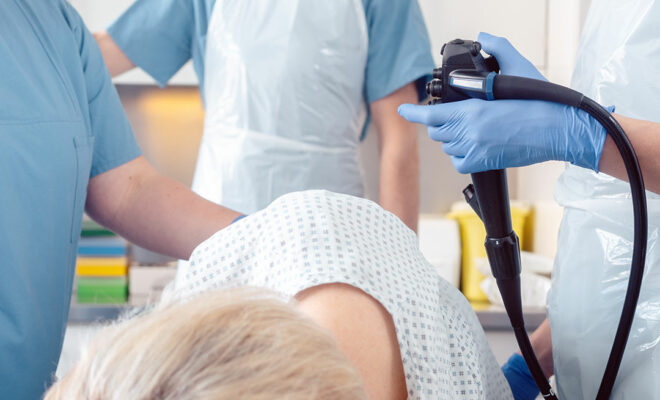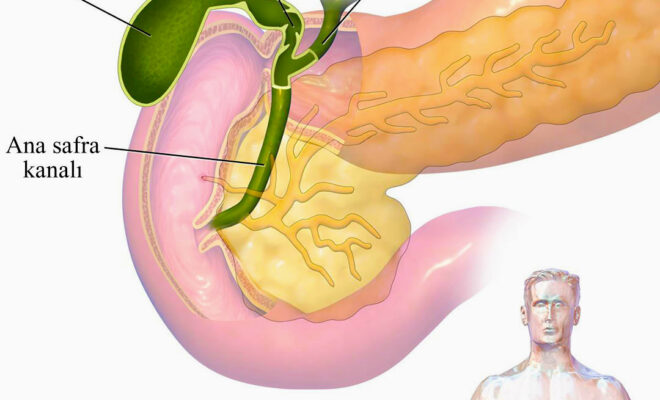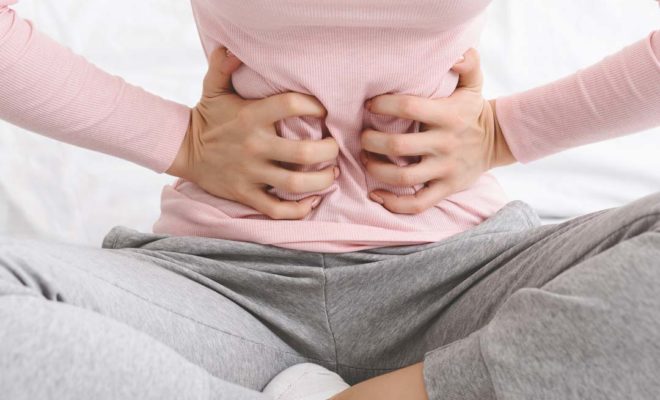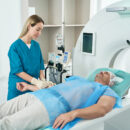Laparoscopic Surgery
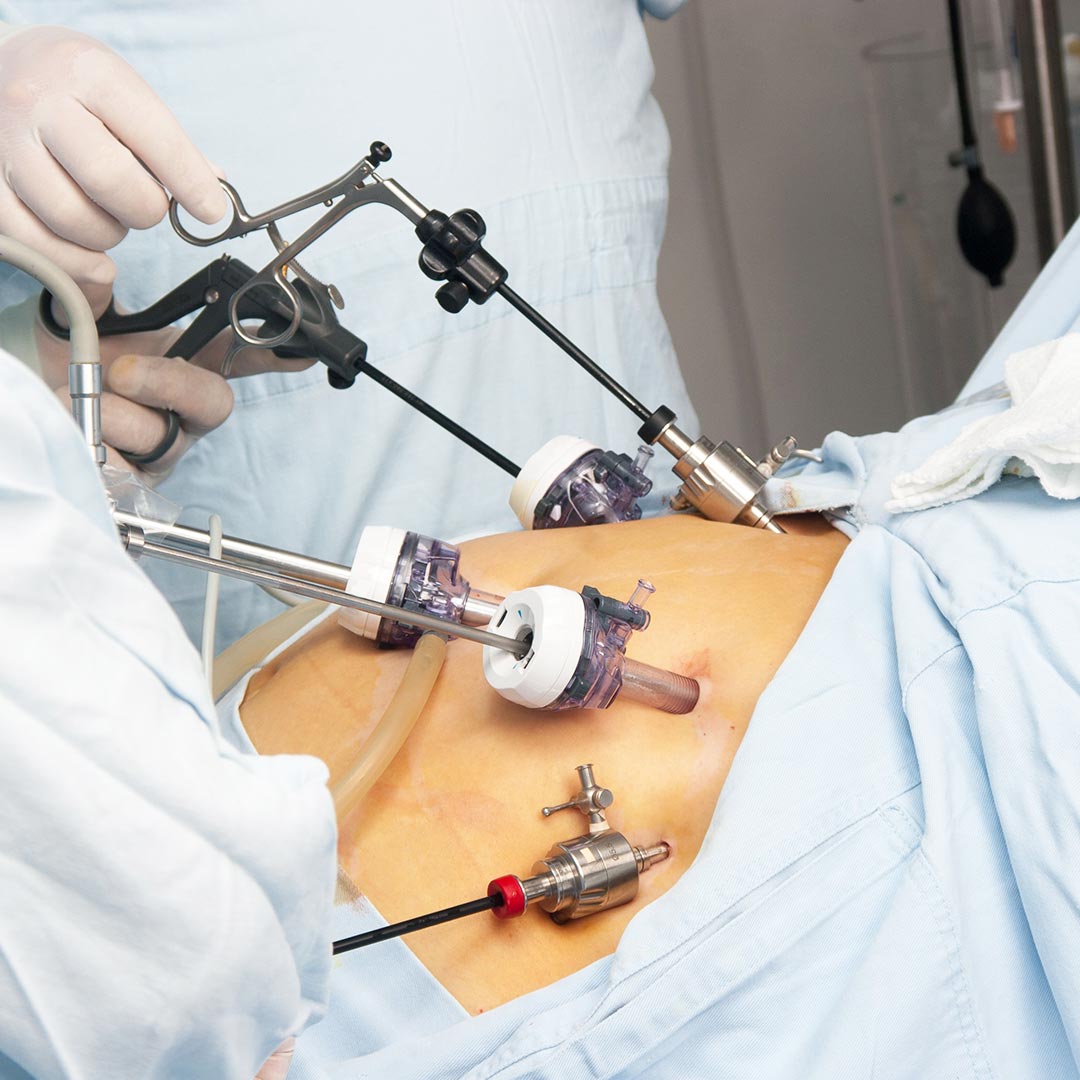
What is Laparoscopic Surgery?
Laparoscopic surgery, also known as closed surgery, is a surgical method performed with a video camera and long thin instruments. The surgery is performed by looking at the image transmitted by the camera to a television monitor. So the camera is the surgeon's eye. In abdominal surgeries, the patient's abdominal cavity is inflated with carbon dioxide. Then, 0.5-1cm incisions are made and the port (trocarTubes called ) (usually 5-10 mm in diameter) are pushed into the abdominal cavity. Surgery is performed through these ports using special instruments.
How To?
After the patient is put to sleep with general anesthesia, the patient is positioned according to the type of surgery to be performed. Then, following the sterilization rules, the patient is covered so that the area where the surgical incision will be made is exposed, and connections are established with the instruments to be used. The operation begins with the surgeon making a skin incision of approximately 1 cm. The abdominal wall is passed through the abdominal wall layers and the trocar tube is inserted. In order for the surgeon to easily see the area to be intervened on the monitor, carbon dioxide gas is given through the trocar tube and the inside of the abdomen is inflated. It can be observed from the intra-abdominal monitor by inserting a laparoscope with a camera at its end through the trocar tube. Then, 5-10 mm diameter trocars are inserted with the help of a camera through 2 or 3 (can be increased if necessary) incisions depending on the area to be intervened. The intervention is performed by inserting special hand tools to be used during surgery through these trocar tubes. After the surgical procedure is completed, the trocars are removed and the carbon dioxide gas in the abdomen is evacuated. A small portion of carbon dioxide gas remains in the abdomen, but it is easily absorbed by the body and does not cause any problems to patients. The operation is completed by closing the incision areas.
What are the advantages?
With the introduction of laparoscopic surgery, it has become clear that it has serious advantages compared to open surgery. The most important of these are:
- Less pain and trauma after surgery
- faster recovery
- Less hospital stay
- Faster return to normal life
- Less wounds and scars (Better cosmetic results)
- Less intra-abdominal adhesion
- Less scar hernia (surgical hernia)
- Surgery complications such as bleeding and infection are less than open surgery.
What types of surgeries can be performed laparoscopically?
Laparoscopic surgery can be applied in the diagnosis and treatment of many diseases. Traditionally, the most common surgeries performed laparoscopically are gallbladder, appendicitis, cyst surgery and tubal ligation surgeries. Over time, laparoscopic methods began to be used in more complicated surgeries other than these surgeries. Today, thanks to developing technology and surgical methods, almost all intra-abdominal surgeries can be performed laparoscopically.
- Gallstone
- Appendicitis
- Treatment of hernias in the abdominal and groin area
- Obesity surgery
- Emergency and elective surgeries of stomach ulcers
- Treatment of diseases that require cutting of the intestines
- Stomach, small intestine and large intestine related cancer surgeries
- Adrenal gland and spleen diseases requiring surgery
- Kidney, bladder and prostate surgeries
- Ovarian, fallopian tubes and uterus surgeries
- Diagnosis of abdominal pathologies that cannot be diagnosed by other methods
What is the recovery process like after laparoscopic surgery?
In patients who are taken out of the operating room and brought to the ward after laparoscopic surgery, the anesthesia effect continues for a while and then the patient fully recovers. During the first few hours, there may be complaints of nausea and mild pain in the incision areas due to anesthesia. Generally, patients can stand up and start consuming liquid foods within 3-4 hours. Consumption of solid food can usually be easily tolerated within the first 24 hours. Since a small portion of the carbon dioxide gas given to the abdominal area during the operation remains in the abdomen, mild swelling and shoulder pain may be felt, but these disappear completely within 24 hours. The more the patient walks and moves, the less these complaints occur. Most patients are discharged the next day or within a few days after laparoscopic surgery. Within 48-72 hours, mild pain in the wound areas disappears and patients do not need painkillers. After 7-10 days, patients are called for a check-up and removal of skin stitches and are discharged.
Last word
All of this information is not personal opinion, but has been obtained from publications and books based on current scientific data. This article has been prepared only to provide preliminary information by reducing medical information and data to a simple form that our patients from all walks of life can understand. Therefore, it is not appropriate to make a decision on your own, based on this information, without consulting your physician. You need to meet with the relevant physician to get clear information about your condition, to clear your questions and, if necessary, to determine what your treatment will be like.
Op. Dr. Cemal Seyhun
General surgery specialist
Contact Us For Appointment:
Telephone line: 0392 444 3548 (ELIT)
Contact Form: https://www.elitenicosia.com/iletisim/

